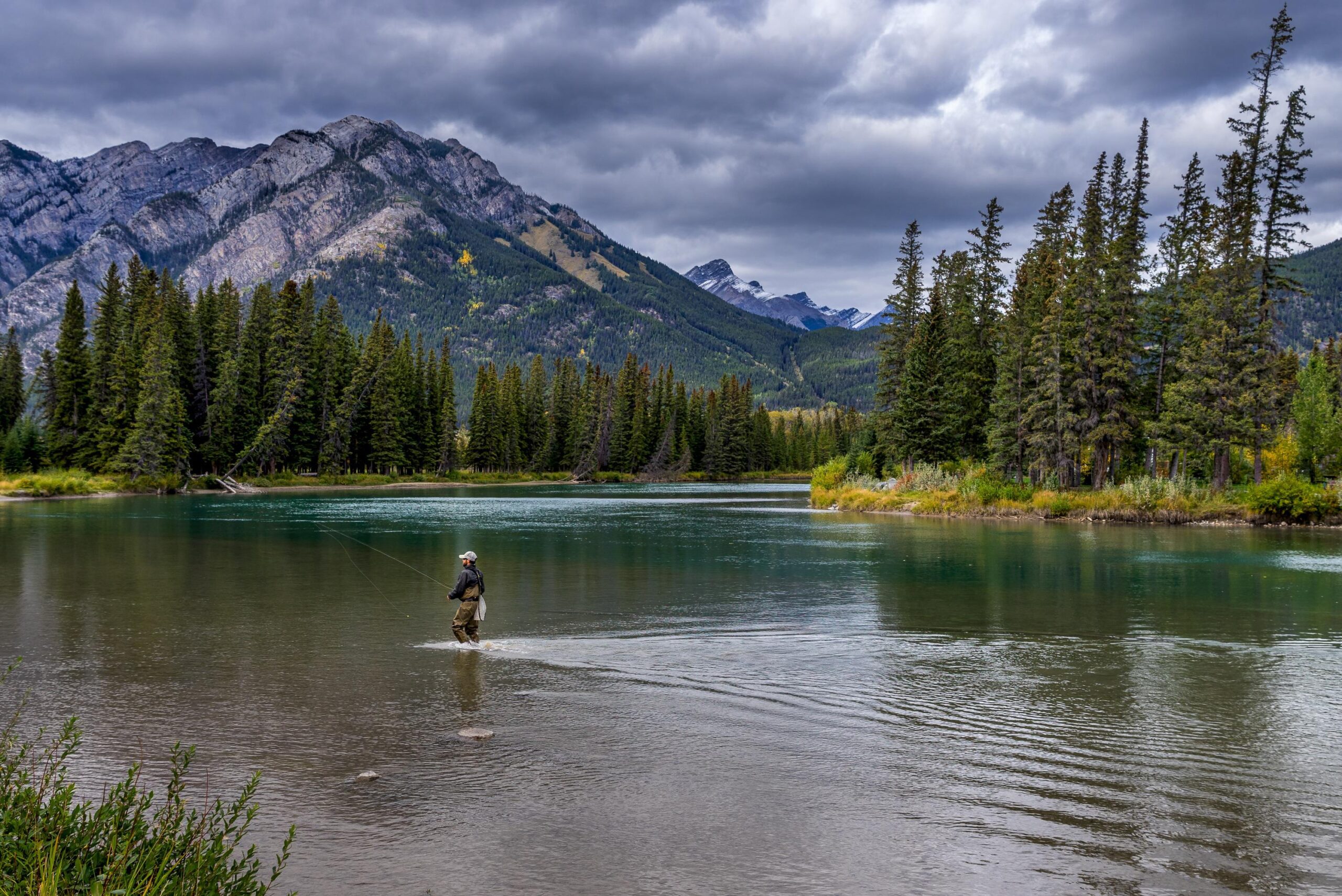
Blog
30x30 Midpoint: Are States on Track to Conserve 30% of Land and Waters by 2030?
April 4, 2025
Overview
2025 marks the halfway point towards many state 30×30 goals – a science-backed, numeric target approach to conservation that aims to conserve 30% of lands and waters by 2030. With over 190 countries and nine U.S. states and territories having set 30×30 targets, this blog explores a key question: how far along are states in meeting the conservation goals they set at the start of the decade?
Historical Context
The Commonwealth of Northern Mariana Islands and Guam were the first territories to set 30×30 goals in the early 2000s, and since then, nine states have followed suit. Mechanisms for setting goals vary across the country, from legislation to executive orders, state climate plans, and more. Definitions of “conserved” and “protected” also vary state to state, as most plans include some element of community engagement to help set parameters from the ground up.
States vary in terms of where they are with goal implementation. Some states are still early in the public input-gathering process, while others, like Maryland, are meeting goals early. Take a look below at a state-by-state progress report on where states are in advancing conservation goals for 30×30 and beyond.
State Progress Reports
The following nine states have established statewide 30×30 goals and are currently in the process of implementing them: California, Hawaii, Maine, Maryland, Massachusetts, Nevada, New Mexico, New York, and Vermont.
The metrics for percentages of land and water conserved are defined by each state, and source links are included below.
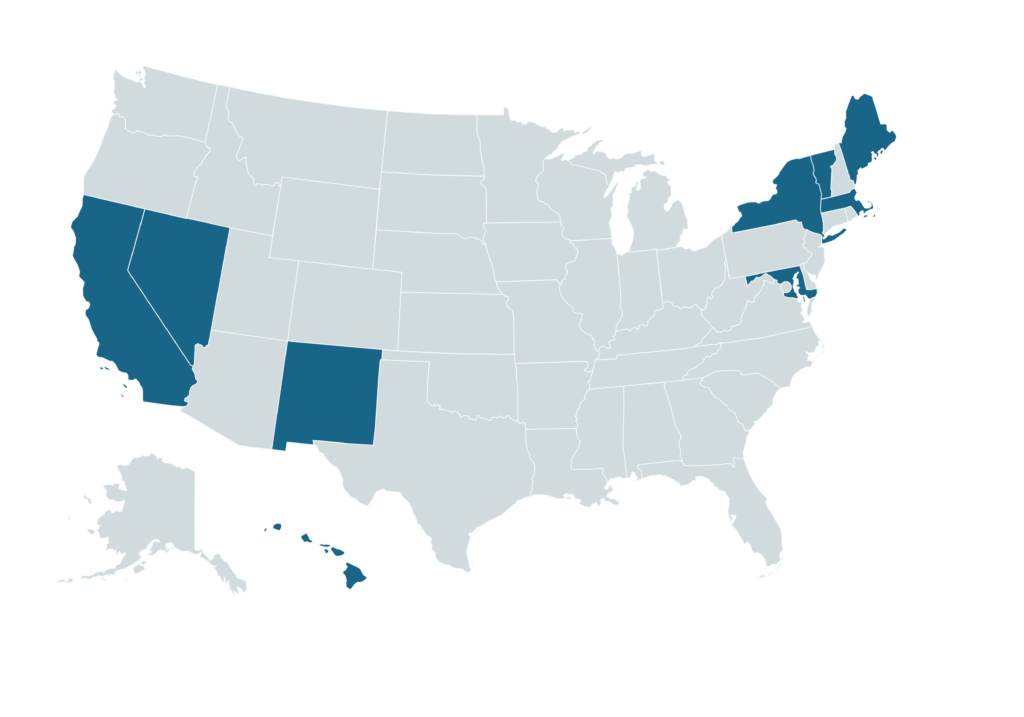
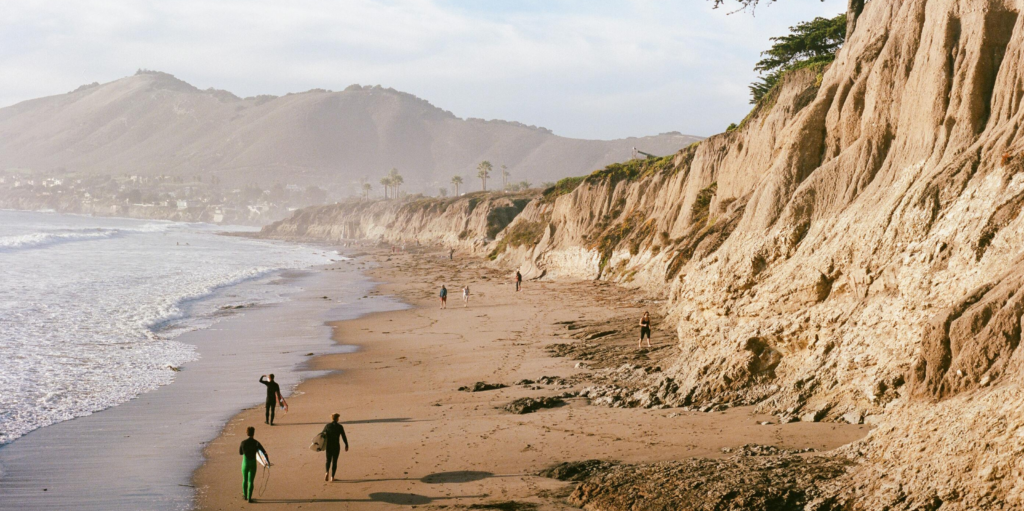
California
Type of Goal: 30×30
Official Goal: “Conserve at least 30 percent of California’s land and coastal waters by 2030.”
When and How Was the Goal Set? 2020, via Executive Order N-82-20.
Land/Waters Conserved as of 2025: 25.2% of lands and 16.2% of coastal waters (30×30 California, 2024).
How is “Conserved” Defined? After extensive public engagement, California defines 30×30 conservation areas as: “land and coastal water areas that are durably protected and managed to sustain functional ecosystems, both intact and restored, and the diversity of life that they support.”
- “Lands” encompass inland waters such as rivers and wetlands.
Implementation Context: California’s 30×30 goal, also called “Pathways to 30×30 California,” centers around three objectives: 1) protect and restore biodiversity, 2) expand access to nature, and 3) mitigate and build resilience to climate change.
- The plan prioritizes community and Tribal engagement, and has supported the establishment of the Tribal Nature–Based Grant Solutions program, which has already facilitated the return of 38,950 acres to Indigenous communities.
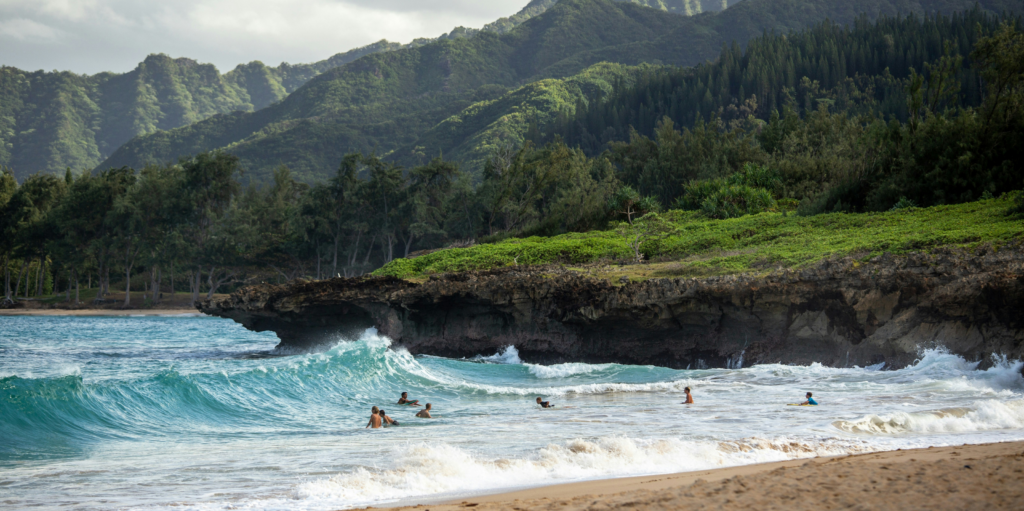
Hawaii
Type of Goal: Called the Holomua Marine Initiative, Hawaii’s plan aims to effectively manage nearshore marine resources by implementing a comprehensive management strategy and by carrying out management frameworks that emphasize community participation and cultural relevance.
When and How Was the Goal Set? 2016, by the Hawaii Department of Land and Natural Resources’ Division of Aquatic Resources.
Land/Waters Conserved as of 2025: Information not yet available.
How is “Conserved” Defined? While the definition of “conserved” is not explicitly stated, the Holomua Marine Initiative does define measures of success, which include: community participation and engagement, management effectiveness, and socio-cultural principles and indicators.
Implementation Context: “Holomua” means to move forward, progress, or improve. The Holomua Marine Initiative initially included a 30×30 slogan and goal, but these were later dropped in an effort to incorporate a more place-based approach.
- The Holomua Marine Initiative outlines four objectives, or “pillars”: 1) place-based planning, 2) Pono practices that encourage responsible behavior guided by Hawaiian values and perspectives, 3) monitoring of management approaches, and 4) restoration built on existing strategies.
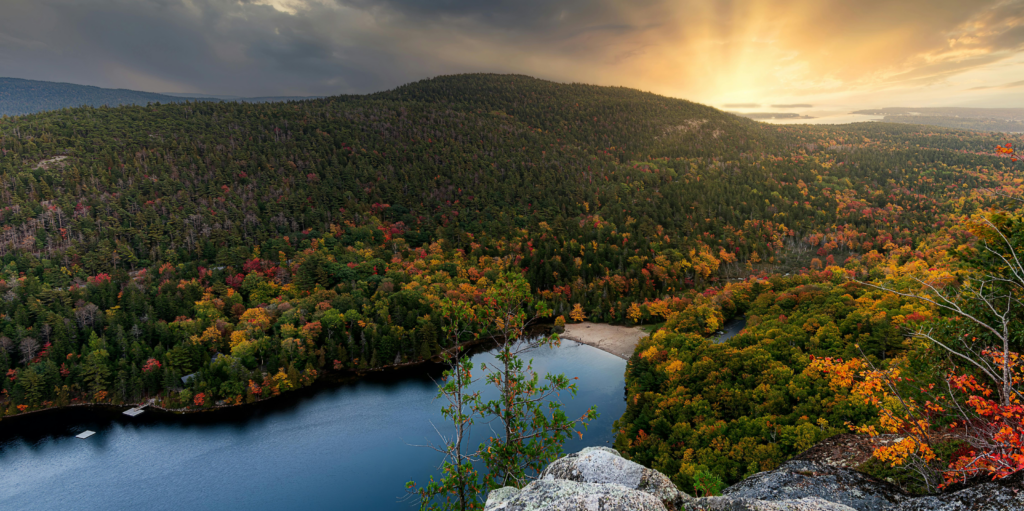
Maine
Type of Goal: 30×30.
Official Goal: “Increase by 2030 the total acreage of conserved lands in the state to 30% through voluntary, focused purchases of land and working forest or farm conservation easements.”
When and How Was the Goal Set? 2020, included in Maine’s Four-Year Plan for Climate Action.
Land/Waters Conserved as of 2025: 22% of Maine’s land (Maine Climate Council, 2024).
How is “Conserved” Defined? Conserved lands include land that is: (1) included in the state’s Conserved Lands Database/GIS layer, (2) permanently protected, (3) owned by nonprofits or state/fed/local governments, and/or (4) includes fee-owned parcels and forest/farmland easements.
Implementation Context: The State of Maine released a 2024 update to its climate action plan, which outlines guiding principles for achieving 30×30. Some of the principles include: (1) establishing permanent funding for existing and new land conservation programs, (2) a focus on areas that contain high biodiversity, (3) efforts that return land for the Wabanaki Nations, and (4) equitable access to open spaces.
- The plan also emphasizes the importance of no net loss of farmland in Maine to help bolster support for food security and climate resilience on Maine’s agricultural properties.
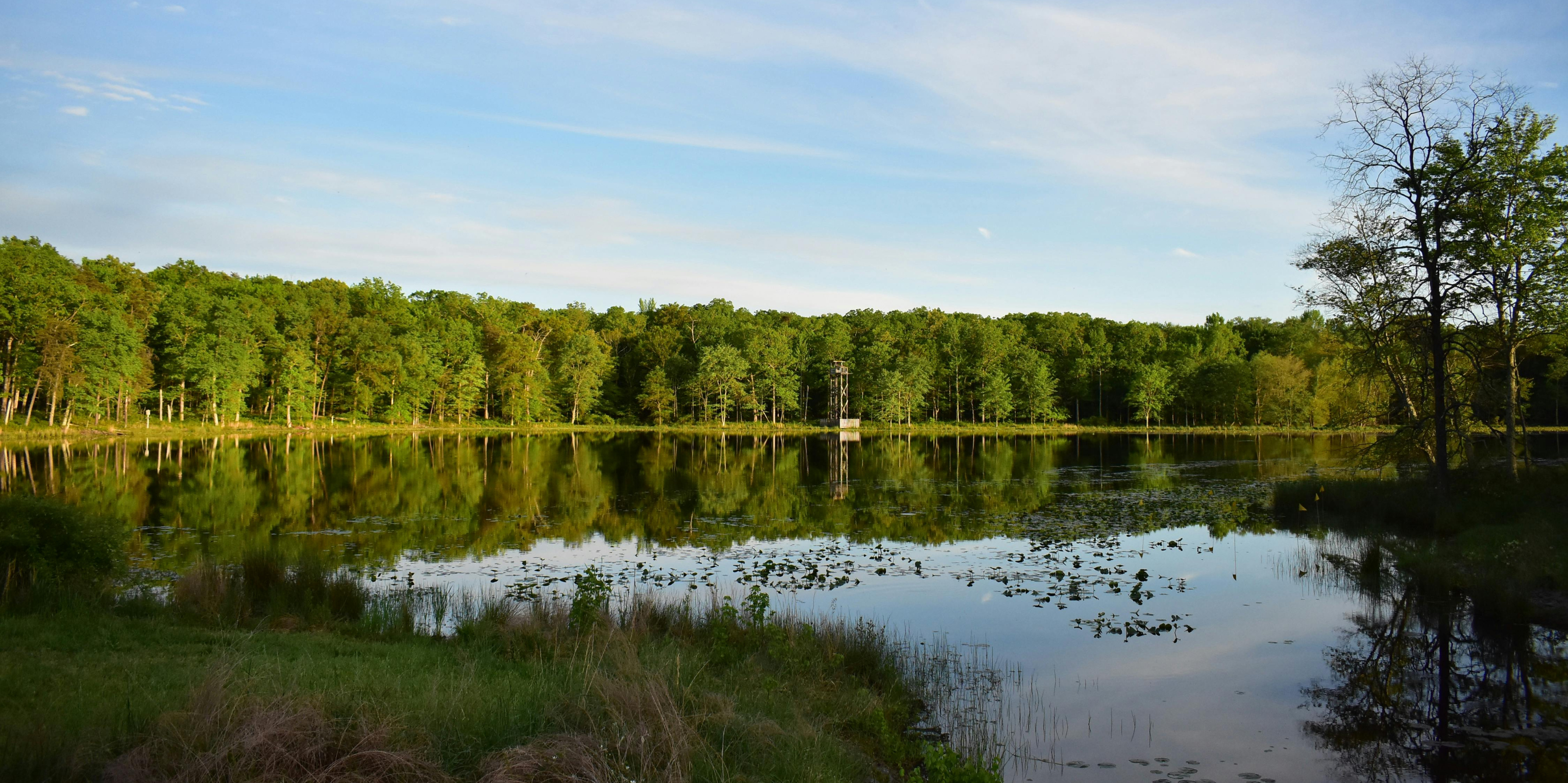
Maryland
Type of Goal: 30×30 and 40×40.
Official Goal: The Maryland the Beautiful Act set a “new state conservation goal of 30% of Maryland’s lands permanently protected by 2030 and 40% of lands by 2040.”
When and How Was the Goal Set? 2023, legislatively via SB 470.
Percentage Conserved: 30% of land.
- In May 2024, Maryland Governor Moore announced that the state met the 30% milestone six years ahead of schedule, making Maryland the first state to meet their 30×30 goal.
How is “Conserved” Defined? The Maryland the Beautiful Act Smart Growth Subcabinet Five-Year Plan defines “conserved” as “to permanently protect land from development through purchase, donation, perpetual conservation or an open space easement, or fee ownership to preserve the cultural, historical, ecological, or agricultural value of the land.”
Implementation Context: With 30% already conserved, Maryland is moving towards 40×40 and setting interim goals to expand equitable access to nature. As a result, two funds were created:
- 1. Maryland’s Greenspace Equity Program was established in 2023 to provide grants to implement projects that preserve, create, and improve public greenspace in overburdened and underserved communities.
- 2. The 40×40 Land Conservation Implementation Grant Program, aimed at supporting local land trusts on easement acquisition and stewardship.
- Maryland’s Five-Year plan includes several priorities that are shaping the state’s conservation efforts, as well as the tracking of strengths, challenges, and opportunities that may serve as lessons learned for other states.
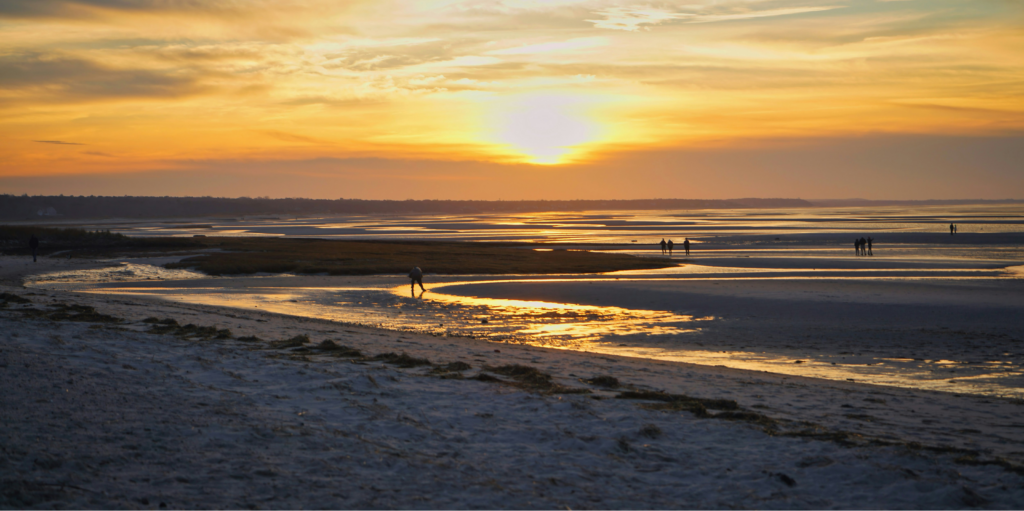
Massachusetts
Type of Goal: 28×25, 30×30, and 40×40.
Official Goal: “Increasing permanent conservation of undeveloped land and water (including wetlands) in Massachusetts to at least 28% and 30% by 2025 and 2030, respectively.”
When and How Was it Set? 2022, by the Massachusetts Office of Climate Innovation and Resilience.
Land/Waters Conserved as of 2025: Approximately 27% of land and water (Massachusetts Office of Climate Innovation and Resilience, 2022)
How is “Conserved” Defined? While “conserved” isn’t specifically defined, the state’s Clean Energy and Climate Plan denotes permanent protection of undeveloped land as: “permanently protected from development through outright ownership, conservation restrictions, agricultural preservation restrictions, watershed preservation restrictions, and other deed restrictions.”
Implementation Context: Massachusetts’ plan focuses on climate-smart land management practices and wide-scale restoration efforts.
Executive Action Context: A 2023 executive order signed by Governor Maura Healey (EO 618) has complemented this effort by directing the Department of Fish and Game to develop nation-leading biodiversity goals, including for coastal and marine environments for 2030, 2040, and 2050.

New Mexico
Type of Goal: 30×30.
Official Goal: “Sets the goal of having at least 30 percent (30%) of all lands in New Mexico conserved by 2030, with an additional twenty percent (20%) designated as climate stabilization areas.”
When and How Was the Goal Set? 2021, via Executive Order 2021-052.
Land/Waters Conserved as of 2025: Information not yet available.
- According to the New Mexico Energy, Minerals, and Natural Resources Department (EMNRD) 30×30 NM Report 2023, the Department is currently in the process of completing a baseline analysis of acres defined as “conserved”, and aims to report this information soon.
How is “Conserved” Defined? “Conserved lands means any land in a primarily natural or traditionally managed condition that is both durably protected and managed to provide or maintain ecosystem services, climate resiliency, or cultural values. These services and values include supporting New Mexico’s economy, protecting traditional ways of life, providing drinking water, ensuring food security, enhancing biodiversity, and providing equitable and inclusive recreational opportunities to promote the health and wellbeing of all who call New Mexico home.”
- This definition was drafted by the New Mexico 30×30 “Committee” in 2023 after collecting several rounds of public input (EMNRD 30×30 NM Report, 2023).
Implementation Context: Foundational to New Mexico’s 30×30 plan design and implementation are: (1) acknowledgment of tribal sovereignty and self-determination, (2) respect for private property rights, (3) staying adaptable in a changing climate, and (4) a role for natural and working lands.
State Policy Context: Two years after New Mexico set the 30×30 goal, the legislature enacted SB 9 – the Land of Enchantment Fund – which established two permanent and legacy funds to allocate $165 million towards conserving and expanding access to nature. In 2024, the state also enacted S.B.169, which prioritizes Tribal funding requests as part of the State Land and Water Conservation funds for the highest-need, highest-impact projects and removes barriers preventing Tribal nations and rural communities from seeking funding.

Nevada
Type of goal: 30×30
Official Goal: “Sets the goal of having at least 30 percent (30%) of all lands in New Mexico conserved by 2030, with an additional twenty percent (20%) designated as climate stabilization areas.”
When and How Was the Goal Set? 2021, via AJR 3. Nevada was the first state in the nation to pass a 30×30 conservation bill.
Land/Waters Conserved as of 2025: Information not available.
How is “Conserved” Defined? Information not available.
Additional Context: The Nevada legislature meets biennially, which may explain a difference in progress.
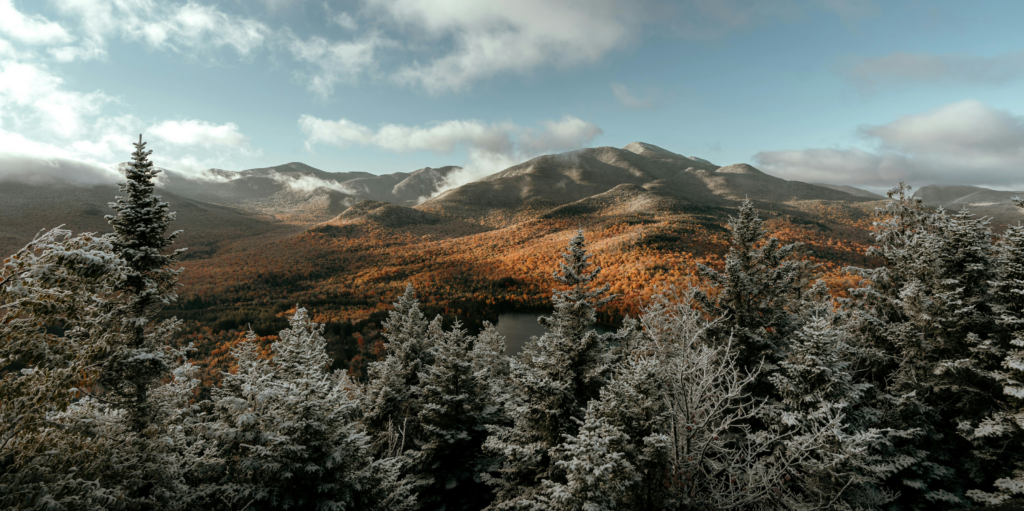
New York
Type of Goal: 30×30.
Official Goal: “It shall be the goal of the state to support and contribute to national efforts to conserve at least thirty percent of United States lands and inland waters and at least thirty percent of United States ocean areas by the year two thousand thirty.”
When and How Was the Goal Set? 2023, legislatively via A5390B/S6191.
Land/Waters Conserved as of 2025: ~22% of lands, inland waters, Great Lakes, and ocean areas. (2024 New York State 30×30 Draft Plan, 2024).
How is “Conserved” Defined? “For the purposes of 30×30, ‘protect’ or ‘conserve’ means the establishment of enduring measures that support thriving biodiversity, contribute to climate resilience, and provide ecosystem services such that the natural character, resources and functions of lands and waters are maintained or enhanced now and into the future, both individually and as part of an interconnected network of healthy lands and waters” (2024 New York State 30×30 Draft Plan, 2024).
Implementation Context: New York’s draft plan includes many strategies towards conserving the state’s remaining ~3 million acres: (1) conserving lands through the open space conservation plan, (2) protecting water sources such as sole source aquifers, (3) preserving biodiversity with a focus on endangered species, (4) expanding public access to nature, (5) including urban and suburban natural areas, and (6) protecting food sources through farmland preservation.
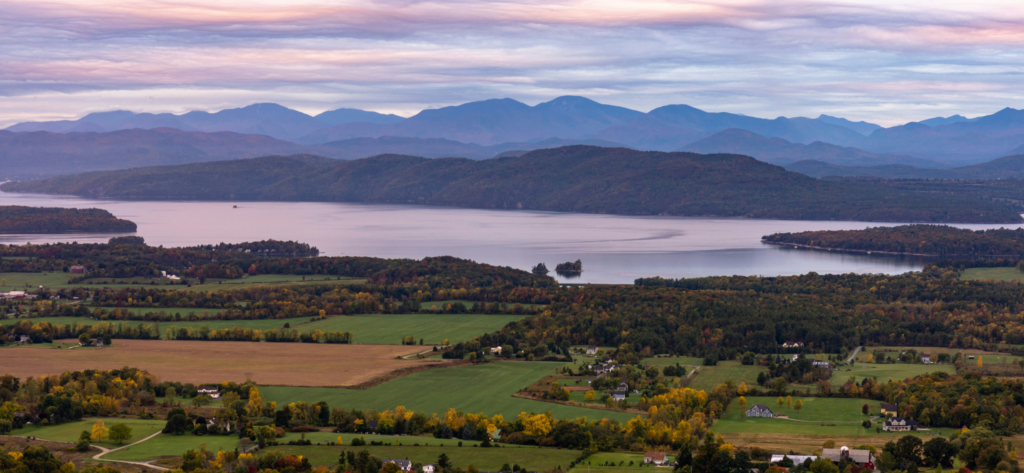
Vermont
Type of Goal: 30×30 and 50×50.
Official Goal: “It is the goal of the State that 30 percent of Vermont’s total land area shall be conserved by 2030, and 50 percent of the State’s total land area shall be conserved by 2050. The Secretary of Natural Resources shall lead the effort in achieving these goals. The land conserved shall include State, federal, municipal, and private land.”
When and How Was the Goal Set? 2023, legislatively via the Vermont Community Resilience and Biodiversity Protection Act (H. 126 / Act 59).
Land/Waters Conserved as of 2025: 27% of total land area (Vermont Housing & Conservation Board Inventory Report, 2024).
How is “Conserved” Defined? “Conservation is defined as an area with permanent protection from conversion.” Act 59 further defines three specific categories of conservation/protected areas:
- Ecological Reserve Area: An area protected permanently from conversion, managed to maintain a natural state. This includes allowing natural ecological processes and disturbance events to proceed with minimal interference.
- Biodiversity Conservation Area: An area with permanent protection from conversion for most of its part, managed primarily to sustain species or habitats. These areas may require active interventions for specific species’ needs or habitat maintenance/restoration.
- Natural Resource Management Area: An area mostly protected from conversion but subject to long-term, sustainable land management practices.
Implementation Context: The Vermont Housing & Conservation Board (VHCB) and the Vermont Agency of Natural Resources (ANR) are the two entities tasked with developing an inventory of Vermont’s conserved land and a plan for meeting the goals defined by Act 59. The Inventory Report was published in 2024.
- Conservation Plan: the Conservation Plan is due at the end of 2025, and will include the following: (1) a comprehensive strategy for achieving conservation goals of 30×30 and 50×50, (2) implementation methods for achieving the vision and goals, (3) recommendations to provide and increase equitable access to protected and conserved lands, including recreational access, and (4) recommendations for how to implement conservation goals while enhancing current state investments and commitments. The plan will be updated biennially to track progress.
- Entities Involved in Developing the Conservation Plan: private owners of forestlands and agricultural lands, land trusts, conservation organizations, environmental organizations, working lands enterprises, outdoor recreation groups and businesses, watershed groups, municipalities, regional planning commissions, conservation commissions, and relevant State and federal agencies.
Additional Progress: Michigan
In June 2024, Michigan Governor Whitmer announced Michigan the Beautiful. The effort is the result of a partnership between the Nature Conservancy and the Michigan Department of Natural Resources aimed at developing tools to support statewide efforts to collaboratively conserve, restore, and connect 30% of the state’s land and water by 2030. Later in 2024, the Michigan legislature introduced SB 1124, which would have codified the goal for the state in statute.
Beyond 30×30
While numeric conservation targets are one approach to conservation, many states are thinking beyond 30×30 to meet the complex threats to biodiversity and the nature gap with equally complex solutions. Stay up to date on state policies to conserve nature, boost biodiversity, and improve outdoor access with NCEL’s 2025 Bill Tracking Map.